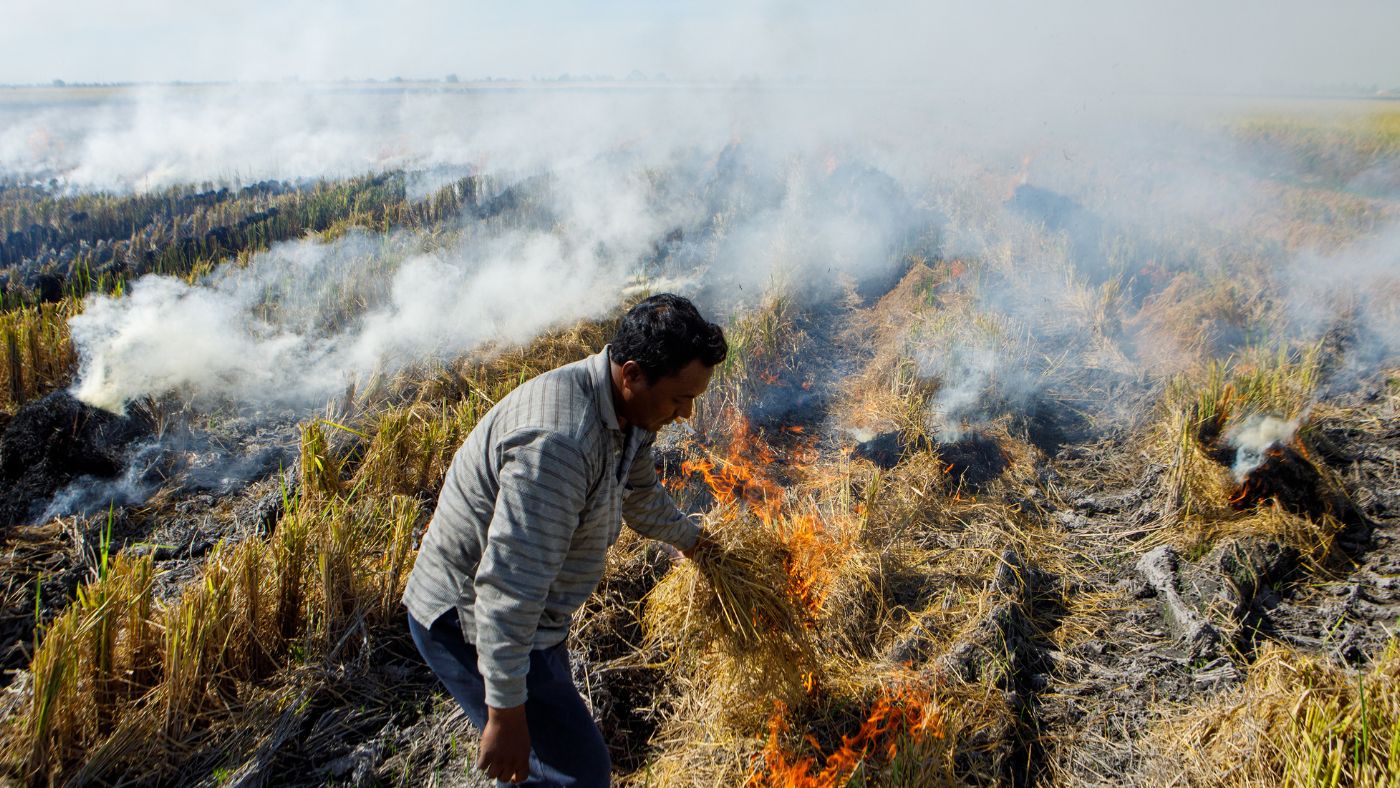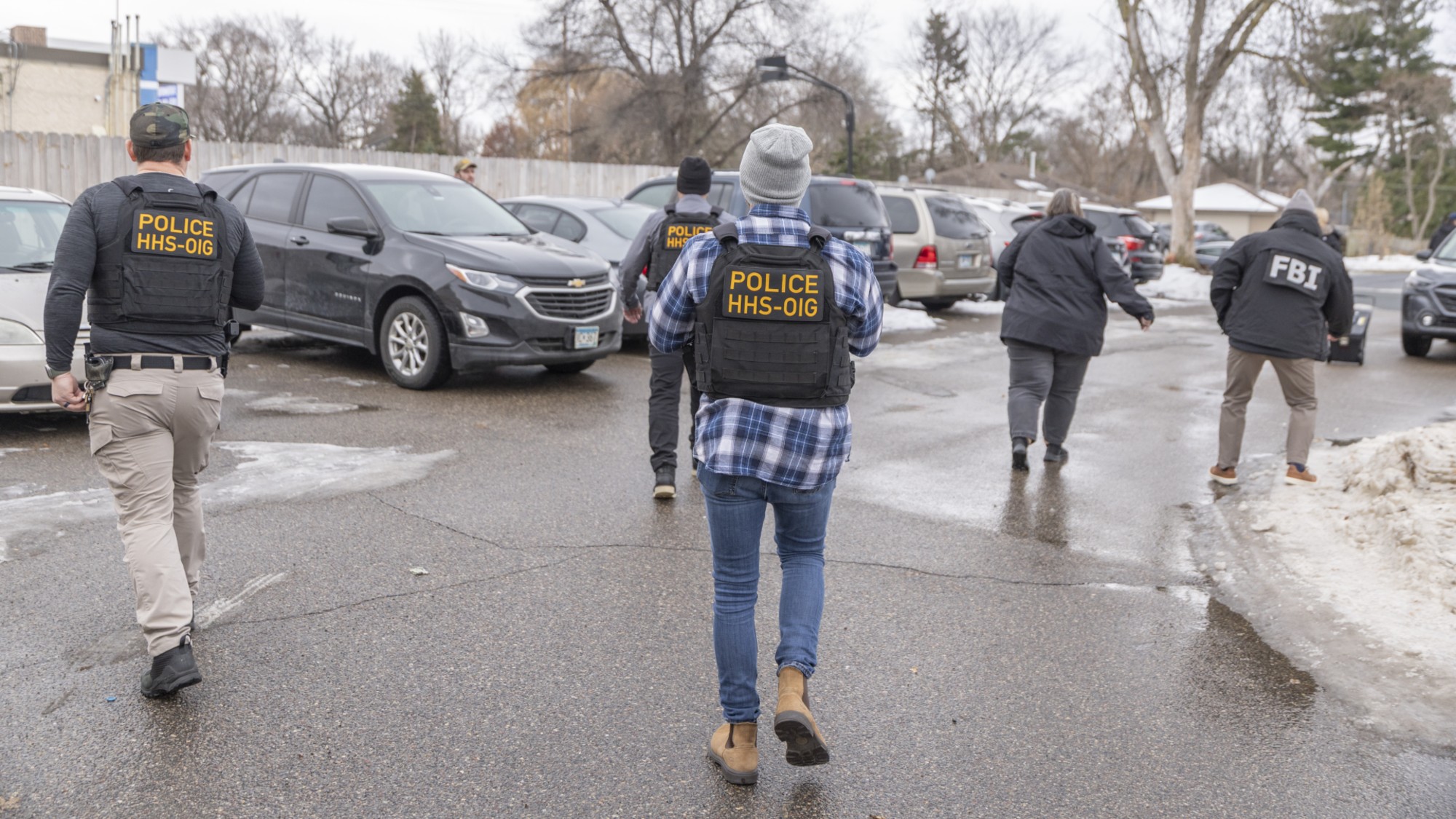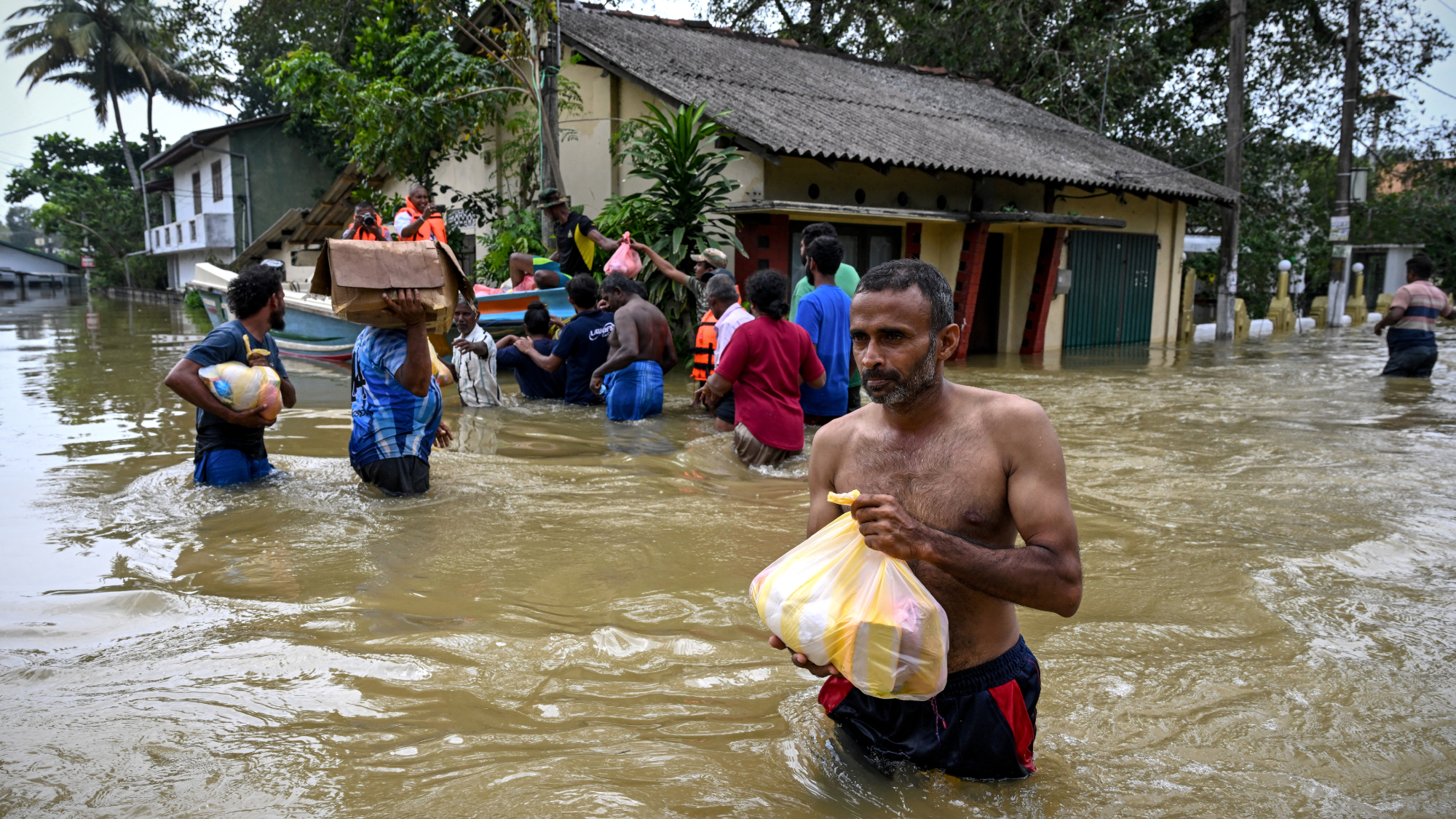How La Niña and El Niño affect the weather
Extreme conditions could worsen as global cooling pattern ends

A weather pattern known as El Niño has formed over the pacific ocean, and scientists believe it could drastically increase global temperatures and trigger extreme events like droughts and cyclones.
It formed “a month or two earlier than most El Niños do”, said Sky News, which “gives it room to grow”, added the US National Oceanic and Atmospheric Administration (NOAA).
Meteorologists had already predicted that 2023 could be one of the hottest years on record as a three-year cooling weather pattern known as La Niña comes to an end.
The Week
Escape your echo chamber. Get the facts behind the news, plus analysis from multiple perspectives.

Sign up for The Week's Free Newsletters
From our morning news briefing to a weekly Good News Newsletter, get the best of The Week delivered directly to your inbox.
From our morning news briefing to a weekly Good News Newsletter, get the best of The Week delivered directly to your inbox.
“The extreme weather that has rampaged across our planet in 2021 and 2022 will pale into insignificance” as El Niño takes effect, said Wired.
What are La Niña and El Niño?
La Niña and El Niño are “opposite states” of a “climate phenomenon” known as the El Niño Southern Oscillation (ENSO) system, said the BBC, referring to a region of equatorial Pacific Ocean that regularly shifts between warm (El Niño) and cold (La Niña) phases, typically every one to three years. The two states “significantly alter weather patterns across the globe”.
The name is thought to have originated as “El Niño de Navidad” (“the boy of Christmas”) when Peruvian fishermen first observed the phenomenon in the 17th century, realising that warm waters seemed to surface near the Americas in December.
Those warmer temperatures are caused by a combination of weak eastward winds blowing from South America to Asia, and warmer than usual surface waters in the equatorial Pacific.
A free daily email with the biggest news stories of the day – and the best features from TheWeek.com
As a result, “less cold water rises towards the surface,” said the BBC’s climate and science journalist Esme Stallard, and warm water “spreads out back towards the Americas”. Global temperatures rise by around 0.2C as a result.
By contrast, during a La Niña episode, these eastward winds are “stronger than usual”, said Stallard, moving warmer water towards Asia and raising the surface sea level. “In the east, near the Americas, cold water flowed upwards to the surface.” Global temperatures drop by around 0.2C during these periods.
El Niños tend to be more common than La Niñas, but the world experienced “three unusual back-to-back episodes between 2020 and 2022” of La Niñas, noted HuffPost.
How do they affect the weather?
The spread of warmer surface waters during El Niño leads to “wetter and warmer air”, said the BBC’s Stallard, causing more rainfall in the Gulf of Mexico and southern America. The opposite occurs during La Niña, with Asia, Australia and central and southern regions of Africa experiencing worse rainfall and the Americas more likely to experience drought.
Tropical storms in the Pacific are more likely during an El Niño event, but during La Niña, hurricanes are more common in the Atlantic.
A strong El Niño “led to record global warmth” in 2016, said Sky News.
Australia experienced three years of above-average rainfall and extreme flooding due to La Niña. Experts warned that El Niño would deliver warmer, drier days to the country, which is already “vulnerable to fierce bushfires”, said Al Jazeera.
The Met Office’s Professor Adam Scaife told the BBC: “Global average temperature over the last three years has been at near record levels, but it would have been even higher without the cooling effects of a prolonged La Niña.”
What will happen in 2023?
Regions that are already feeling the most extreme effects of climate change could be hit hardest by extreme La Niña and El Niño episodes.
For the next few months, El Niño will mostly affect the southern hemisphere, and could cause “tropical cyclones near vulnerable Pacific islands, heavy rainfall in South America and droughts in Australia”, climate scientist Michelle L’Heureux, head of NOAA's El Niño / La Niña forecast office, told Sky News.
These extreme weather patterns also have knock-on effects for food production and infrastructure, with the potential to cause widespread damage and destruction.
In 2023, “poor harvests could be devastating” in some parts of the world, said Wired, and food shortages “could drive civil unrest”. In developed countries, rising prices could also “stoke inflation and the cost-of-living crisis”.
This year’s El Niño could lead to global economic losses of £2.36 trn as extreme weather destroys farm production, manufacturing, and helps spread disease, according to a study published in the journal Science. “Governments such as Peru have set aside $1.06 billion to deal with its impact,” said Al Jazeera.
When this El Niño peaks in strength, there is a 56% chance it will be considered “a strong event”, said Sky News, meaning eastern Pacific sea surface temperatures are “at least 1.5C higher than normal”.
According to L’Heureux, “there is a 25% chance it reaches supersize levels”, making 2023 likely to be the warmest on record.
Julia O'Driscoll is the engagement editor. She covers UK and world news, as well as writing lifestyle and travel features. She regularly appears on “The Week Unwrapped” podcast, and hosted The Week's short-form documentary podcast, “The Overview”. Julia was previously the content and social media editor at sustainability consultancy Eco-Age, where she interviewed prominent voices in sustainable fashion and climate movements. She has a master's in liberal arts from Bristol University, and spent a year studying at Charles University in Prague.
-
 ‘Lumpy skin’ protests intensify across France as farmers fight cull
‘Lumpy skin’ protests intensify across France as farmers fight cullIN THE SPOTLIGHT A bovine outbreak coupled with ongoing governmental frustrations is causing major problems for French civil society
-
 The best books of 2025
The best books of 2025The Week Recommends A deep dive into the site of a mass shooting, a new release from the author of ‘Atonement’ and more
-
 Inside Minnesota’s extensive fraud schemes
Inside Minnesota’s extensive fraud schemesThe Explainer The fraud allegedly goes back to the Covid-19 pandemic
-
 Crest falling: Mount Rainier and 4 other mountains are losing height
Crest falling: Mount Rainier and 4 other mountains are losing heightUnder the radar Its peak elevation is approximately 20 feet lower than it once was
-
 Death toll from Southeast Asia storms tops 1,000
Death toll from Southeast Asia storms tops 1,000speed read Catastrophic floods and landslides have struck Sri Lanka, Indonesia, Thailand and Malaysia
-
 Can for-profit geoengineering put a pause on climate change?
Can for-profit geoengineering put a pause on climate change?In the Spotlight Stardust Solutions wants to dim the sun. Scientists are worried.
-
 How will climate change affect the UK?
How will climate change affect the UK?The Explainer Met Office projections show the UK getting substantially warmer and wetter – with more extreme weather events
-
 Can the UK do more on climate change?
Can the UK do more on climate change?Today's Big Question Labour has shown leadership in the face of fraying international consensus, but must show the public their green mission is ‘a net benefit, not a net cost’
-
 Did Cop30 fulfil its promise to Indigenous Brazilians?
Did Cop30 fulfil its promise to Indigenous Brazilians?Today’s Big Question Brazilian president approves 10 new protected territories, following ‘unprecedented’ Indigenous presence at conference, both as delegates and protesters
-
 Can the world adapt to climate change?
Can the world adapt to climate change?Today's Big Question As the world gets hotter, COP30 leaders consider resilience efforts
-
 Taps could run dry in drought-stricken Tehran
Taps could run dry in drought-stricken TehranUnder the Radar President warns that unless rationing eases water crisis, citizens may have to evacuate the capital